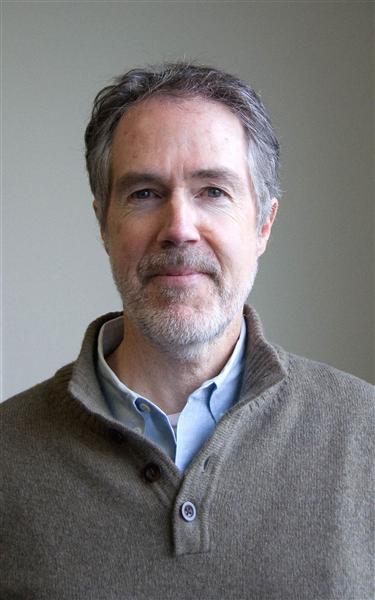“Photography was a hobby from early on,” said Robert Dawson, an instructor of photography who has been at Stanford for 16 years. “I got my first camera when I was about 10 and that really began a lifelong love affair with taking images.”
The road to becoming a photographer may have begun with an old-fashioned film camera, but Dawson’s path wasn’t always so clear. In fact, Dawson majored in psychology in his undergraduate days at UC Santa Cruz. After a stint working in psychology, he eventually realized his true passion lay elsewhere.
“I was interested in the psychology of creativity–why people create,” Dawson said. “I eventually made the decision that I’d rather be creative then study people being creative.”
Dawson then shifted directions, going on to get his graduate degree at San Francisco State in the Interdisciplinary Creative Arts program, which allowed him to combine his interests in photography and psychology. His thesis involved the use of photography as a psycho-therapeutic tool in mental hospitals. He became a teacher, but still harbored desires to hone his photography skills.
Meeting renowned photographer Ansel Adams was a turning point in Dawson’s growth as a photographer.
“He had this policy that as a young photographer if you came to his house at five o’clock on Friday and had a cocktail with him, he’d give you feedback,” Dawson said. “He was very good for me [as] a model of how he made this idea of being a photographer work in his life.”
By imitating Adams, Dawson learned the craft of photography, but he eventually began to move beyond Adams’ style as he realized the full capabilities of photography as a mode of social action. His experience with the Mono Lake conservation struggle truly cemented his passion for photography.

“It was kind of this epic battle between a small group of birdwatchers and the city of L.A. over the draining of this lake and eventually the birdwatchers won, which was fantastic,” Dawson said.
The event made him realize how photography could be used to raise awareness of a place and as a tool for environmental and political activism.
Over the course of his career, Dawson has worked on numerous projects using photography to elucidate certain ideas or concepts, some of which have been featured in the Smithsonian and the Museum of Modern Art.
Dawson’s current “American Public Library” project aims to bridge the gaps in the divisive political and societal cultures of the United States through his portrayal of the public library institution as a unifying system. He visited 26 states, drove 11,000 miles and photographed 189 libraries while driving across the country with his son last summer for the project.
“One of the things I came away with was that we have much more in common as a country than what separates us,” Dawson said.
Some of Dawson’s other projects have included acting as photographer-in-residence for the city of San Jose, examining water pollution control. His “Farewell, Promised Land” project sought to foster appreciation for the importance of the Central Valley, where Dawson grew up.
The irony is that Dawson first connected to nature as a way to escape the Central Valley. As a teenager, he would go to Yosemite to find beautiful landscapes he felt were lacking at home.
“I felt nature was something that was pretty spectacular, and it was very moving to me,” Dawson said.
“I went to school at UC Santa Cruz. Built in the redwood trees, right on the edge of open meadows, you get these views of the Monterey Bay. It’s spectacular,” he added. “That was for me, the ideal.”
During his career, Dawson has worked on numerous projects dealing with the environment, many of which focused on affecting people’s perception of their environment. The use of photography as a form of communication and change is a concept he attempts to pass on to his students through teaching.
Dawson said he believes that teaching new generations to effectively use images to convey ideas is vital to the future.
“It’s kind of like a form of language, it’s a way of communicating ideas. We are increasingly a visually-oriented culture,” Dawson said. “Images are even more critical than what they have been in the past. This is one reason why I think our photography classes are so popular here.”
The introduction to photography class that Dawson teaches gives students hands-on opportunities to explore and learn photography on their own.
“He taught us the craft [of photography] and basically said go make art,” said Emma Joslyn ’15, a student enrolled in Dawson’s class.
While teaching is one means of passing on the art of photography as a tool of social activism, Dawson strives to make his unique take on the world universally accessible.
“I use different types of technology and different types of photography as tools,” Dawson said. “Sometimes art can be ghettoized into museums and galleries and academia and not really engaged much with the greater popular public. One reason my work tends to look the way it looks is because I like to reach a broad audience.”
